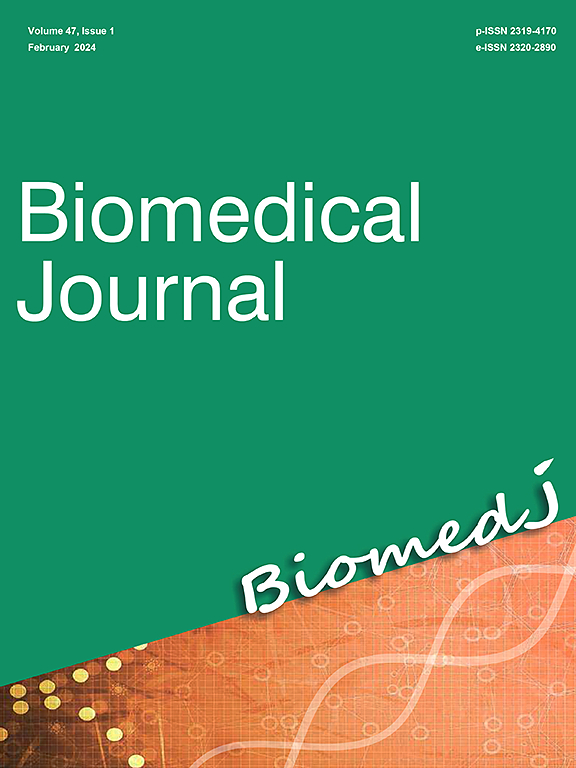Navigating AI in cardiology: A scoping review of integration through clinical decision support systems for acute coronary syndrome
IF 4.4
3区 医学
Q2 BIOCHEMISTRY & MOLECULAR BIOLOGY
引用次数: 0
Abstract
Background
The integration of AI in diagnosing and managing ACS shows increasing promise, yet challenges remain in translating AI-CDSS into clinical practice. This study evaluates the advancements and limitations of AI for ACS over the past three years, purpose of understanding the scope, limitations, and potential of AI-CDSS in ACS.
Materials and methods
We conducted a systematic review of recent literature, adhering to guidelines for systematic reviews. We applied QUADAS-2 and PROBAST tools for quality assessment, focusing on biases in study designs. Ten studies about AI-CDSS in ACS management underwent critical analysis, emphasizing the strength of their research methods and the thoroughness of their prospective validation to ensure theoretical integrity and practical reliability.
Results
Our research reveals that while discourse around AI-CDSS in ACS management intensifies, obstacles hinder efficacy in practical settings. These challenges include biases in tests and unrepresentative patient selection, pointing to the need for rigorous and inclusive samples. The lack of sufficient external and prospective validation in studies also raises concerns clinical utility of AI-CDSS. The result is the gap between the potential benefits of AI-CDSS and the actual impact of improving diagnostic accuracy and outcomes for ACS limitations identified.
Conclusions
While AI-CDSS shows promise for improving diagnostic accuracy, treatment efficacy, and workflows in ACS, this study highlights the imperative to enhance model validation, including prospective validation, and address lingering diagnostic gaps. Improving study design and mitigating biases remain crucial for the acceptance and effectiveness of AI-CDSS in acute cardiac care settings.
在心脏病学中导航人工智能:急性冠状动脉综合征临床决策支持系统整合的范围审查。
背景:人工智能在ACS诊断和管理中的整合显示出越来越大的希望,但在将人工智能- cdss转化为临床实践方面仍然存在挑战。本研究评估了过去三年来AI在ACS中的进展和局限性,目的是了解AI- cdss在ACS中的范围、局限性和潜力。材料和方法:我们对最近的文献进行了系统的综述,并遵循了系统综述的指南。我们应用QUADAS-2和PROBAST工具进行质量评估,重点关注研究设计中的偏差。对10项关于AI-CDSS在ACS管理中的研究进行了批判性分析,强调其研究方法的强度和前瞻性验证的彻彻性,以确保理论的完整性和实践的可靠性。结果:我们的研究表明,虽然围绕AI-CDSS在ACS管理中的讨论越来越多,但在实际环境中,障碍阻碍了疗效。这些挑战包括测试中的偏差和不具代表性的患者选择,这表明需要严格和包容的样本。研究中缺乏足够的外部和前瞻性验证也引起了对AI-CDSS临床应用的关注。结果是AI-CDSS的潜在益处与提高ACS局限性诊断准确性和结果的实际影响之间的差距。结论:虽然AI-CDSS有望提高ACS的诊断准确性、治疗疗效和工作流程,但本研究强调了加强模型验证的必要性,包括前瞻性验证,并解决遗留的诊断差距。改进研究设计和减轻偏倚对于急性心脏护理环境中AI-CDSS的接受度和有效性仍然至关重要。
本文章由计算机程序翻译,如有差异,请以英文原文为准。
求助全文
约1分钟内获得全文
求助全文
来源期刊

Biomedical Journal
Medicine-General Medicine
CiteScore
11.60
自引率
1.80%
发文量
128
审稿时长
42 days
期刊介绍:
Biomedical Journal publishes 6 peer-reviewed issues per year in all fields of clinical and biomedical sciences for an internationally diverse authorship. Unlike most open access journals, which are free to readers but not authors, Biomedical Journal does not charge for subscription, submission, processing or publication of manuscripts, nor for color reproduction of photographs.
Clinical studies, accounts of clinical trials, biomarker studies, and characterization of human pathogens are within the scope of the journal, as well as basic studies in model species such as Escherichia coli, Caenorhabditis elegans, Drosophila melanogaster, and Mus musculus revealing the function of molecules, cells, and tissues relevant for human health. However, articles on other species can be published if they contribute to our understanding of basic mechanisms of biology.
A highly-cited international editorial board assures timely publication of manuscripts. Reviews on recent progress in biomedical sciences are commissioned by the editors.
 求助内容:
求助内容: 应助结果提醒方式:
应助结果提醒方式:


